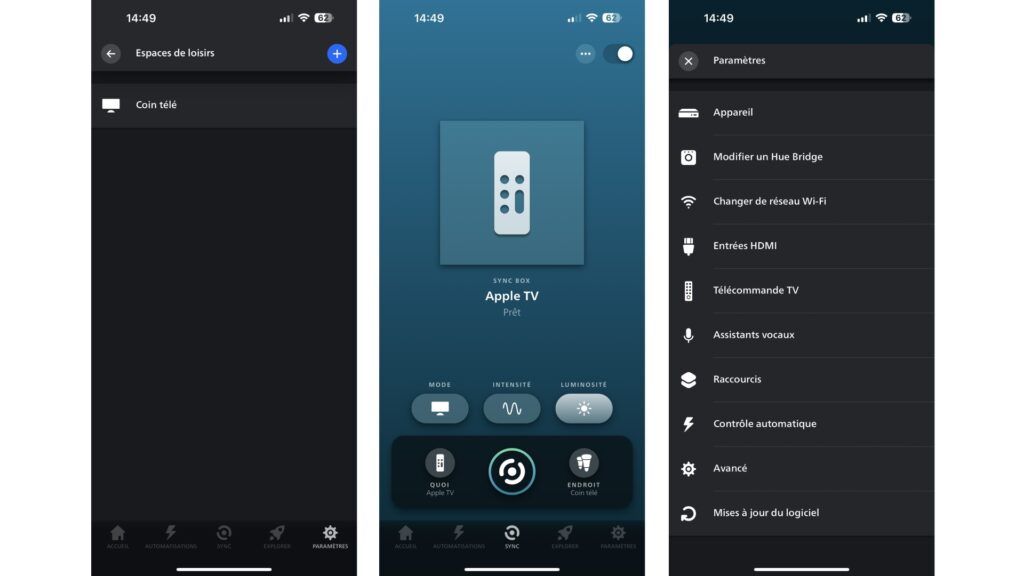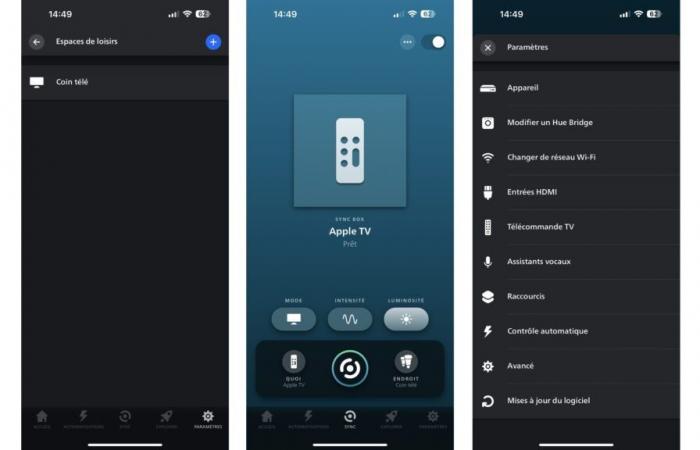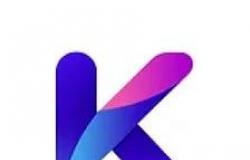Philips Hue markets a box which, combined with compatible garlands, can offer an equivalent of Ambilight to any television.
Ambilight is the technology that can make people buy a Philips television at the expense of a competing brand. For several years, the company’s products have offered this feature, which projects light on the back of the screen, and whose tint adapts to the image. You only need to taste it once to be convinced: immersion is guaranteed and Ambilight acts as an ambient light to soothe the eyes.
But what to do when you don’t have a Philips television? There are solutions that attempt to replicate Ambilight. We think of what Govee offers, but it is an alternative that requires installing a camera to analyze the content read. In terms of design and integration, we have seen better. On the other hand, Signify, formerly Philips Lighting, markets Philips Hue products allowing you to have an Ambilight equivalent on any brand.
Finally Ambilight for as many televisions as possible
Lighting with Philips Hue relies on a synchronization box to connect to your television and its sources. It is then responsible for converting the different video or audio streams into light instructions, based on the colors visible on the screen. In full disclosure, the box, called Sync Box, has been around for several years now. But, in 2024, Signify is launching a more ambitious version, with HDMI ports adapted to today’s standards.
Indeed, the first Sync Box box, still on the market, is limited to 2.0 ports, which limits support for certain video formats. So, if you plug in a PS5 or Xbox Series all ad hoc products, as well as all current technologies (HDR, Dolby Vision, Dolby Atmos, VRR, etc.) and those to come. With HDMI 2.1 ports, the Sync Box supports 8K at 60 Hz and 4K at 120 Hz.
Equipped with a state-of-the-art Samsung QD-OLED TV, a latest generation Apple TV 4K, a PS5 and an Xbox Series X, I couldn’t bring myself to use the old box. As soon as Signify made its new product official, I jumped at the opportunity. I wanted to see if it was possible to have an equivalent of Ambilight on my Samsung TV, without any possible concession on the performance of my high-end installation (which would have been the case with HDMI 2.0 ports).
The box is in fact a hub which links your sources (a console, a TV box, etc.) and the television. It also allows you to gain additional HDMI ports since it transforms one of the television into four. If your TV has four ports in total, this will give you a pool of seven different ports, including four devices that will benefit from Hue lighting (those connected to the box). After connecting my consoles and my Apple TV, everything appears to be compatible, as if the devices were directly connected to the television.
To have an equivalent of Ambilight, you will need:
Regarding the garland, you have to be careful to choose it carefully. There are two types: a simple one which can only display one color at a time, a more sophisticated Gradient type, capable of reproducing several colors simultaneously. This is the second one that must be taken to obtain a real Ambilight effect; the first will produce only one color — the one that predominates on the screen.
Single lightstrip (one color)
Lightstrip Gradient (multiple colors)
Installation is simple: everything goes through the Hue application, accessible on iOS and Android. The first step will be to configure the bridge, which controls all the Hue connected lights (bulbs, garlands, street lamps, etc.). Next, you will need to install the garland behind your television, then associate it with the bridge, then the box. Each step is explained in the application, you just have to follow the instructions and, the longest part, are the updates.
Finally, you will need to create what Signify calls a “Leisure Space”, which will allow everything to be synchronized. In the tab titled “Sync”, you can configure several elements (lighting mode, intensity, brightness), choose the HDMI input (if you have not automated anything before), switch the audio to ARC or eARC… On the other hand, if you want to add a lamp, whatever it may be, you will have to go back to “Leisure space”. The box can manage ten different ones, with a placement system in the room.


In use, what does this give? The synchronization works very well: there is no perceptible latency when the colors change, and you enjoy the expected spectacle. The image gives the impression of being stretched and the gain in ambiance is palpable, for those who love lighting. However, this installation has a certain cost: €350 for the synchronization box, a sum to which must be added the price of a garland (which depends on the size of your television and can rise to more than €200) and the bridge at €60. Otherwise, you can buy a Philips screen directly.







